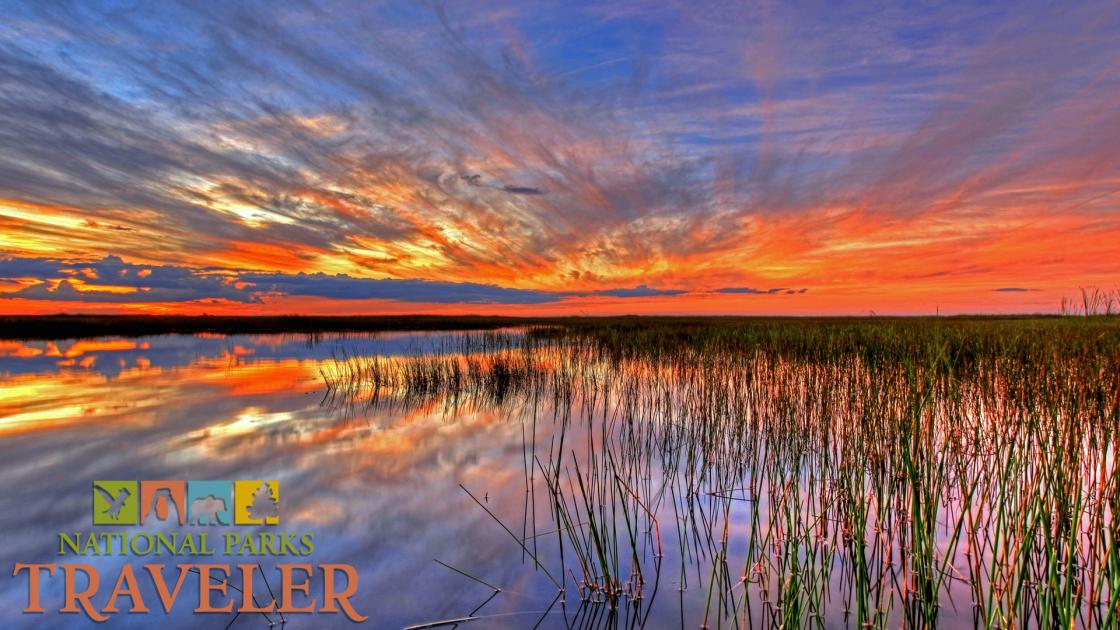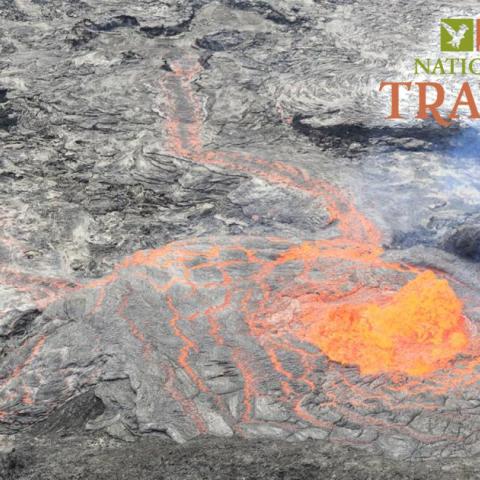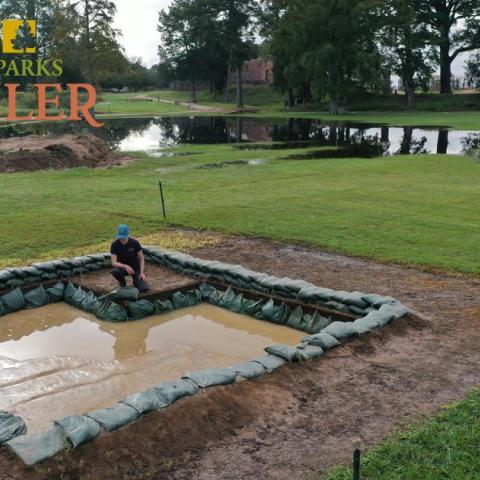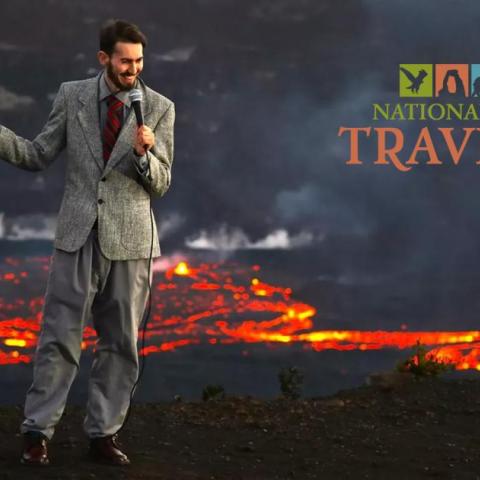"The Everglades," and the "river of grass." Those words convey powerful imagery of a sweeping, subtropical landscape, one with rare and beautiful plants, flights of colorful birds that can cloud the sky, and curious and fearsome wildlife, from crocodiles and alligators to panthers and, more recently, massive constricting snakes.
Within the 1.5 million acres of Everglades National Park is the country’s largest officially designated wilderness area east of the Rocky Mountains, the 1.3-million-acre Marjory Stoneman Douglas Wilderness.
But this landscape has been under siege almost since the first whites reached south Florida, and brought with them plans to divert or dam the water that flows south from Lake Okeechobee to Florida Bay. All those efforts down through the decades altered the Everglades by changing its natural processes.
Today it’s been more than two decades since Congress passed the The Comprehensive Everglades Restoration Plan, which has been viewed as a groundbreaking law aimed at restoring America’s Everglades after decades of destruction.
That project was seen as a way to restore, preserve, and protect the South Florida ecosystem while providing for other water-related needs of the region, including water supply and flood protection. In 2009, then Interior Secretary Ken Salazar called the restoration project a national priority.
It’s one with a hefty price tag, one that committed the federal government to providing nearly $11 billion towards the restoration goals, with the state of Florida providing nearly $12 billion more.
Where do things stand? To help answer that question, we’re joined by Eric Eikenberg, president of The Everglades Foundation.


 Support Essential Coverage of Essential Places
Support Essential Coverage of Essential Places









Add comment